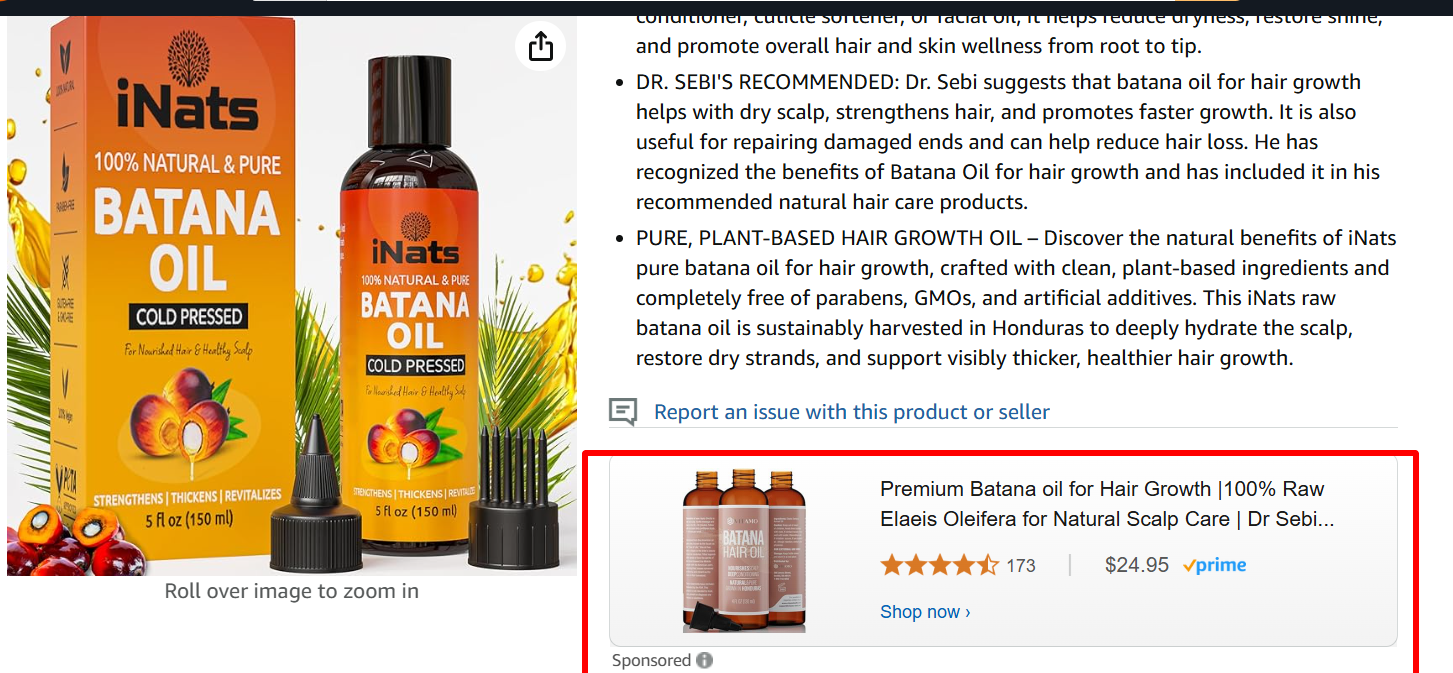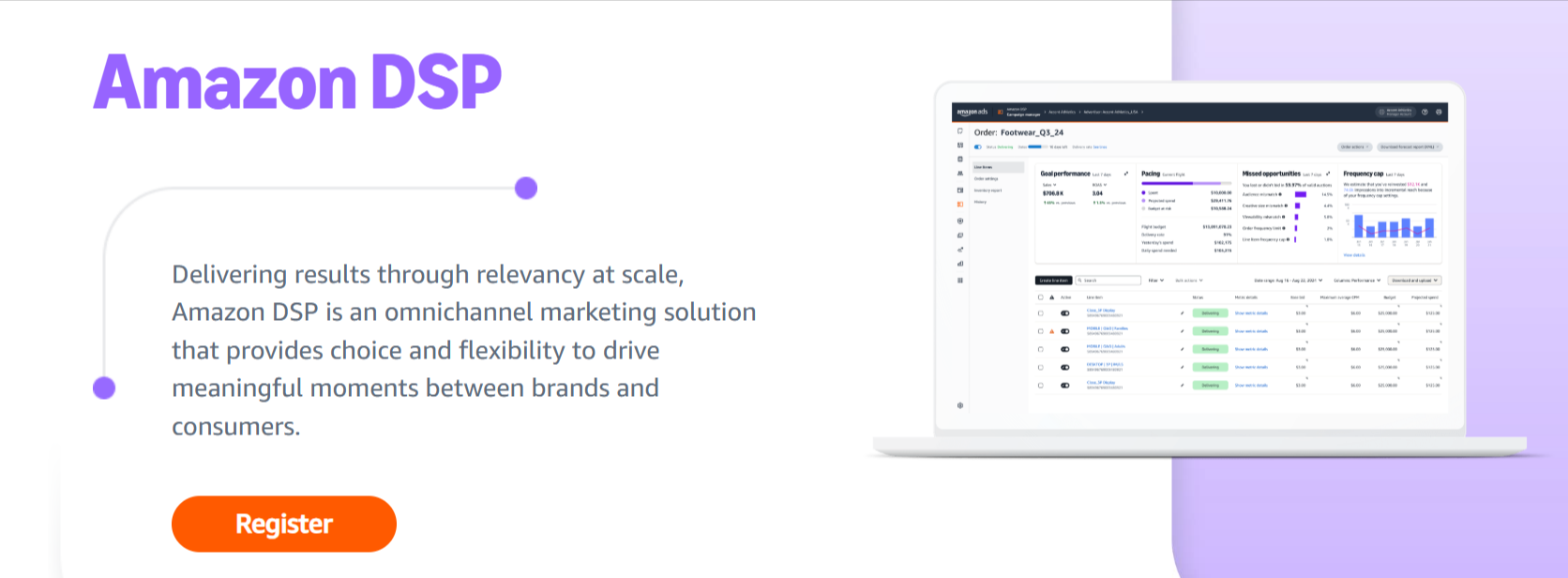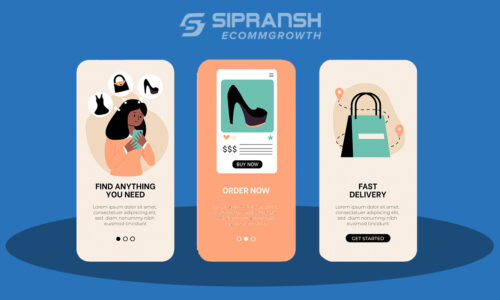
Think scaling your Amazon ads means pouring in more cash? Think again. Many sellers assume that growing sales requires a bigger budget, but experienced Amazon sellers know real growth comes from smarter strategies, not just higher spend.
If your campaigns feel stagnant, costing you more than they return, it’s time to rethink your approach. The good news? Amazon provides plenty of tools to help you scale your PPC results without increasing your ad budget—you just need to know where to focus and what to fine-tune.
Are your ad dollars being used effectively? Are you cutting out unnecessary spending? Are you tapping into underutilized tactics that drive conversions for free? If not, you could be missing out on valuable revenue opportunities.
In this guide, you’ll discover actionable strategies to scale your Amazon ads efficiently, improve your product visibility, and boost your sales—all without raising your budget. Let’s put the “more money = more results” myth to rest and explore what truly drives growth.
1. Boost CTR – make them click without extra spend
If your ads aren’t getting clicks, you’re just handing Amazon your budget with little to no return. A higher Click-Through Rate (CTR) puts more eyes on your listings, and the best part is, you don’t need a bigger budget to make it happen.
Here’s how to boost clicks without increasing your ad spend:
- Optimize your main image – A dull, unclear, or generic-looking image won’t attract shoppers. Try cleaner lighting, more vibrant colors, lifestyle shots, or unique angles to stand out in search results.
- Craft compelling headlines – Sponsored Brand Ads allow custom text. Instead of something basic like “Top-Rated Insulated Bottle,” go with something punchier like “Ditch Spills Forever – Stay Hydrated Anywhere.” See how that grabs attention?
- Price competitively – If similar products are priced at $19.99 and yours is listed at $29.99 with no justification, your CTR will take a hit. Either align with market pricing or clearly show what makes your product worth more.
- Highlight strong reviews – If your product has 4.5 stars or better, display that prominently. Shoppers trust social proof and are more likely to click products that show others already love them.
- Adjust ad placements – Not all placements perform equally. If Top of Search delivers strong results while Rest of Search underperforms, tweak your bid modifiers to focus on high-CTR areas.
2. Max out CVR – turn clicks into cash
Getting clicks is only half the battle—if those clicks don’t convert into purchases, you’re just burning through your budget. Your Conversion Rate (CVR) determines whether your ads are profitable. You don’t need more traffic—you need buying traffic.
Here’s how to turn those clicks into real revenue—without upping your ad spend:
- Upgrade your Amazon listing quality – Don’t expect sales if your title is cluttered, images are uninspiring, and your description is a block of hard-to-read text. Clean, persuasive listings convert better. Consider working with an Amazon listing expert if needed.
- Use visuals that sell – Photos are powerful, but graphics that clearly explain benefits? Even better. Add lifestyle shots, feature callouts, and comparison images that help shoppers quickly see why they should choose your product.
- Address buyer concerns upfront – Go through your reviews and Q&A section. If buyers keep asking, “Is it waterproof?” or “Does it come assembled?” answer those questions or images before they even have to ask.
- Re-evaluate your pricing – You might win the click, but if a similar product is $5 cheaper, that shopper may bounce. Stay competitive, or explain the added value, like premium materials or a longer warranty.
- Build trust through reviews – Reviews are powerful conversion tools. If you have fewer than 50, follow up post-purchase to politely request honest feedback. A strong review count boosts buyer confidence and helps drive sales.
If your CVR is lagging, refine your product listing before increasing ad spend. More traffic won’t help if your page can’t close the deal—focus on converting those clicks into customers.
3. Kill weak keywords, fuel the winners
Still advertising with every keyword Amazon recommends? That’s a fast track to wasted ad spend. Random clicks that don’t lead to purchases drain your budget. Successful sellers don’t spread their money thin—they focus on high-performing keywords that bring results.
This is where strategic Amazon keyword research becomes non-negotiable.
Fine-Tune Your Keyword Strategy
Here’s how to clean house and focus your spend where it actually pays off:
- Analyze your search term data – Head to Campaign Manager > Reports and download your Search Term Report for the past 30 days. Look for keywords with a lot of clicks but few or no conversions. These are draining your budget—pause or lower their bids.
- Use negative keywords effectively – If you’re selling a stainless steel bottle and paying for clicks on “plastic bottle” or “free water bottle,” those clicks are wasting your money. Add irrelevant terms as negative keywords to stop the bleeding.
- Increase bids on proven keywords – Keywords generating consistent sales with a healthy ACoS? They’re your goldmine. Give them more budget and raise bids slightly to drive even better performance, without adding overall spend.
- Move winning keywords from auto to manual – If your auto campaigns are surfacing strong keywords, shift them into exact match manual campaigns. This lets you control the bidding and optimize performance even further.
- Evaluate match types – Broad match can uncover new terms, but it also risks irrelevant traffic. If costs are getting out of hand, switch to phrase or exact match to tighten your targeting and attract shoppers with high buying intent.
4. Snipe competitor ASINs, defend your own
Winning on Amazon isn’t just about ranking high on keywords—it’s also about claiming space on competitor product pages while keeping them off yours. If you’re not targeting other ASINs, you’re missing a huge opportunity to capture their traffic.

Go on the offensive: Advertise on competitor listings
- Identify easy targets – Find products with fewer reviews, worse ratings, or higher prices compared to yours. Run Sponsored Products and Sponsored Display ads on those listings to pull shoppers toward your better offer.
- Target related products – Selling shaker bottles? Advertise on listings for protein powders. Your product complements theirs, which makes the shopper more likely to add both to their cart.
- Use precision ASIN targeting – Skip the broad targeting approach. Handpick specific, high-traffic ASINs where your product has a competitive edge. This focused method delivers better ROI and avoids wasted spend.
Play defense: Protect your product pages
- Advertise on your own listings – If you’re not running Sponsored Display ads on your own product pages, Amazon will likely show a competitor’s ad there instead. Defend your space by keeping your brand visible.
- Use cross-selling strategies – Sponsored Brand Ads are perfect for showing off product bundles or variations. Keep customers engaged within your catalog instead of letting them explore other brands.
- Watch for competitor presence – Regularly review your listings to see who’s advertising there. If a competitor consistently shows up, consider targeting them in return or tweaking your pricing and promotions to stay ahead.
5. Ditch broad match, go laser-targeted
Running broad match keywords without careful oversight is like throwing your ad dollars into the wind. While broad match can help you discover new search terms, it also racks up irrelevant clicks fast. To make your budget work smarter, not harder, you need to narrow your focus and regain control.
Why broad match drains your wallet
- Amazon may serve your ad for loosely related terms, many of which have no real buyer intent.
- You end up paying for traffic that doesn’t convert, hurting both performance and profit.
- Broad match can trigger unrelated long-tail phrases, wasting money on unqualified clicks.
Here’s how to switch to high-converting, precision targeting:
- Refine winning keywords – If a broad match keyword has proven itself by driving conversions, move it into exact or phrase match. This lets you zero in on what works and control your bids more effectively.
- Use phrase match for control with flexibility – A keyword like “insulated coffee mug” in phrase match ensures your ad still appears for relevant terms without the chaos of unrelated queries.
- Audit your search terms weekly – Pull your search term report and flag any keywords that are burning budget without sales. Add them as negatives to avoid repeating the same mistakes.
- Dial down broad match bids – If you’re still using broad match for keyword discovery, run it at a lower bid. This helps collect data without letting it drain your entire campaign budget.
Laser-focused targeting doesn’t mean doing less—it means doing better. Cut the noise, focus on what converts, and make every penny count.
6. Retarget using DSP remarketing
Most shoppers don’t make a purchase the first time they land on your listing. They explore, compare options, and sometimes just leave. But if they’ve shown interest once, there’s a strong chance they’ll convert later—if you can stay on their radar. That’s where Amazon DSP (Demand-Side Platform) retargeting makes a major impact. It helps you re-engage past visitors and gently nudge them toward hitting “Buy Now.”

Why DSP retargeting works like magic
- Targets shoppers who have already interacted with your product—no cold guessing.
- Keeps your product in front of them across Amazon, external websites, and mobile apps.
- Focuses your budget on warm leads, not broad, unqualified audiences.
Ways to maximize your DSP retargeting strategy
- Launch DSP retargeting campaigns – When a customer views your product but walks away, your ad continues to appear across various channels, increasing the chances they return and buy.
- Customize audience segments – Don’t treat all visitors the same. Tailor your campaigns by separating cart abandoners, previous buyers, and product viewers, delivering personalized messages to each group.
- Design attention-grabbing creatives – Use urgency, special offers, or standout features to win back interest. Ads that say “Almost Sold Out” or “Your Favorite Item is Still Here” can tip the scale.
- Partner with a DSP expert – Since Amazon DSP requires a minimum investment, working with a qualified agency ensures your ad spend is managed strategically and gets the best results.
Retargeting is your second chance to close the deal—use it wisely and watch conversions climb.
7. Optimize backend keywords
Backend keywords are your secret SEO weapon. They’re not visible to customers, but they tell Amazon exactly what your product is about, impacting your search visibility in a big way. Unfortunately, many sellers ignore this hidden field or load it with junk, missing out on a free chance to rank higher.

Why backend keywords matter
Used properly, backend search terms help you show up in more relevant searches without touching your product listing or spending extra on ads.
Tips to improve backend keywords and drive better PPC + organic results
- Add relevant, high-traffic keywords – Fill in terms that are important but don’t naturally fit in your title or bullet points. Think of terms your audience searches but you haven’t used yet.
- Include spelling variants and common typos – Capture traffic from shoppers who type it differently, like “makeupkit” instead of “makeup kit.”
- Carefully reference competing brands – While using competitor names in ads is restricted, some indirect traffic might still come through backend keyword variations. Use with caution and relevance.
- Don’t skip long-tail keywords – Phrases like “quiet mouse for gaming” or “ergonomic office keyboard” can pull in serious buyers looking for exactly what you offer.
- Verify keyword indexing – Use tools like Helium 10, SellerApp, or Jungle Scout to check if Amazon is indexing your backend terms. If some aren’t showing up in search results, swap them out for stronger performers.
Your backend is prime real estate—optimize it smartly, and you’ll earn more traffic without spending a cent extra.
8. Make ads work harder with external traffic
If you’re only relying on Amazon PPC to drive sales, you’re leaving growth on the table. Amazon favors sellers who attract buyers from outside platforms—and rewards them with better rankings, higher conversions, and even a referral bonus.
Tapping into external traffic isn’t just smart—it’s a growth hack that gives your Amazon ads a serious lift without boosting your budget.
How to amplify your Amazon ads using external sources
- Track performance with Amazon Attribution – This tool lets you measure how your off-Amazon efforts (like TikTok, Google, or email) perform. Use the data to fine-tune campaigns and boost ROI.
- Tap into paid social media – Run Facebook and Instagram ads to send engaged users directly to your product listings. This type of traffic often converts better and supports your Amazon ad strategy.
- Drive traffic with special offers – Send users from email campaigns or influencer content to custom landing pages or promos. These targeted shoppers convert better, and Amazon loves that outside push.
- Take advantage of the Brand Referral Bonus – Enroll in this program to earn up to 10% back on sales from external traffic. You boost revenue and reduce your overall ad costs at the same time.
- Rank via Google SEO – Create a content page or blog post optimized for buyer keywords like “best blender for smoothies” and funnel that traffic to your Amazon listing. It’s free, long-term visibility that drives qualified leads.
Blending external traffic with your Amazon ad strategy makes your budget go further—and gets you in front of more high-intent shoppers.
Is your Amazon ad strategy working for you or against you?
Growing your Amazon ads isn’t about throwing more money at the problem—it’s about being strategic. If your campaigns aren’t driving results, you’re not just losing ad spend—you’re losing ground to your competitors. The good news? With the right tactics, you can turn things around and make every advertising dollar work harder. sipransh ecommgrowth is here to help you.
Need help tightening up your Amazon PPC efforts, eliminating wasted spend, and boosting ROI? Partnering with Amazon consultants can give you the edge you need. Take control of your ad performance, double down on what’s converting, and scale effectively, without increasing your budget.






